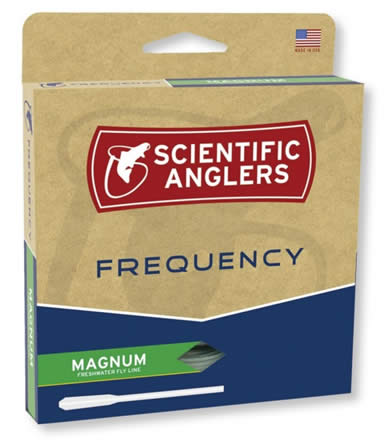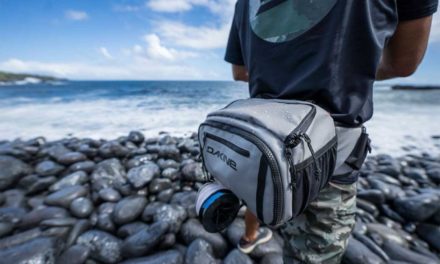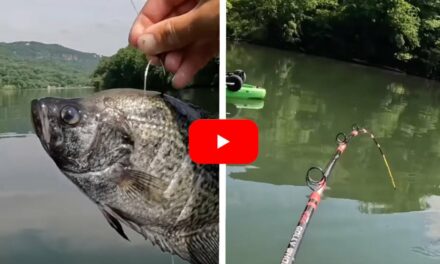By Todd Corayer
Special to Outdoor Enthusiast Lifestyle Magazine
Fly fishing can be a daunting new sport if you’re coming over from traditional spin or bait casting gear and methods. Fear of bridging the knowledge gap should not, however, because to keep you out of something as wonderful as casting the right fly line or catching that first fish on the fly. Do you need floating or sinking line? Do you need weight forward or not? Do you need a double or single taper? How about what size reel it will be used with? Is the water cold, warm or something in between? Are you targeting bonefish or brown trout? You’ll need to answer all those questions before you reach for your first box of fly line, which might cost you almost a hundred dollars. With such a learning curve, let’s start with one of the real basics: how to read a box of fly line.
Fly lines are weighted to properly load a fly rod since flies tied to the end obviously have essentially zero weight. Lines build energy on the rod and hopefully carry true when you release it. This means line weight is the place to start. If you’re casting a five weight rod matched with a 4/5 weight Abel native Cutthroat reel, you’ll want to spool it with a four or five weight line.
 Pick up a box that states it’s a WF-4-F. The “WF” stands for weight forward. The number 4 tells you it’s sized for a four weight reel and the “F” stands for floating. Most floating lines are weight forward; this means the line is weighted for a particular amount of length which is followed by the running line. If you look on the back, you’ll see a diagram explaining how the weight is distributed. That weighted section comes with a taper, a rise in the line which separates the head from the running line. You might see that the taper starts at about 30’ then continues for the length of the line, which is 90’ total.
Pick up a box that states it’s a WF-4-F. The “WF” stands for weight forward. The number 4 tells you it’s sized for a four weight reel and the “F” stands for floating. Most floating lines are weight forward; this means the line is weighted for a particular amount of length which is followed by the running line. If you look on the back, you’ll see a diagram explaining how the weight is distributed. That weighted section comes with a taper, a rise in the line which separates the head from the running line. You might see that the taper starts at about 30’ then continues for the length of the line, which is 90’ total.
Some lines have double tapers so it will say DT on the side. Double tapers have their weight spread evenly across the length of line. If the box is printed with DT-5-F, it’s a double taper (DT) five weight (5) floating (F) line. Having tapers on each end is pretty handy for turning the line around if you wear one end out over time and typically, double tapers are used for dry fly fishing. The down side to double tapers is they require a little more effort to get the line off the spool because you don’t get that heavier, separate end section, so you’ll be false casting a little more and because you don’t have a distinct section of weight on the end, they’re not as accurate as a forward weighted line.

Then there’s sinking line. Obviously the whole point is to get your presentation down the water column but line can be tip heavy or sink at an almost even pace. When you get a little farther along in fly fishing, you can start shopping for line by grain weights, which is an actual line weight but for now, it’s the head we’re concerned with. If you go looking for striped bass or other saltwater species, grain weight can be really critical because you may need to get your line down as quickly as possible past the bluefish or black sea bass but for now, we’re good with the overall weight.
Full sinking lines are weighted more heavily towards the front so the running line will sink more slowly. Sinking lines are identified on fly boxes typically by Roman numerals, but not always. Intermediate sink lines are labeled with a II and they sink at around one to two inches per second. This is important since you don’t want to send your fly right past where the fish are holding because you used too heavy a tip. You likely won’t have need for anything heavier than a V since at some point the line itself becomes heavier than the head and the whole batch gets pretty cumbersome to cast. Type III lines will sink around 3 or 4 inches per second.
 Some sink tips are weighted in the front part of the line while the rest floats. With this setup, you can get your streamer down to the big browns while the running line stays on top, making it easier to control and cast again. So on the packaging, you might see WF6F/S3 which tells you it’s a weight forward (W) 6 weight (6) floating line (F) with a number 3 sink tip (S3). Now if you’re looking for those stripers and they’re feeding under a school of bluefish, you need a fast sinking line with a heavy grain weight to get down quickly, or else those blues will be tearing up your flies and tippets. Scientific Anglers makes a Sonar Sink 30 Cold which has a 30’ extra fast sinking head and an intermediate weighted running line so that baby will sink fast, even in cold water, which can be tough on fly line.
Some sink tips are weighted in the front part of the line while the rest floats. With this setup, you can get your streamer down to the big browns while the running line stays on top, making it easier to control and cast again. So on the packaging, you might see WF6F/S3 which tells you it’s a weight forward (W) 6 weight (6) floating line (F) with a number 3 sink tip (S3). Now if you’re looking for those stripers and they’re feeding under a school of bluefish, you need a fast sinking line with a heavy grain weight to get down quickly, or else those blues will be tearing up your flies and tippets. Scientific Anglers makes a Sonar Sink 30 Cold which has a 30’ extra fast sinking head and an intermediate weighted running line so that baby will sink fast, even in cold water, which can be tough on fly line.
To give you more advanced options, there are fly lines with a mix of sink rates. They’re called hybrids so you can have a two or even three different weighted sections on one line, giving you a different range of fly presentations. The box might say WF10S/S3/S5 so you’d have a weight forward (WF) 10 weight sinking (S) line which transfers to a Type III (S3) line then again to a Type V (S5) line. No one said this would be easy.
Don’t let the numbers scare you; fly fishing is a wonderful sport and there’s a good chance you’ll catch more fish when your lines are matched for particular conditions. Match a four weight rod to a four weight reel to a floating four weight line so you can toss an Adams dry fly to trout feeding on the surface. It doesn’t get any better than that.
















